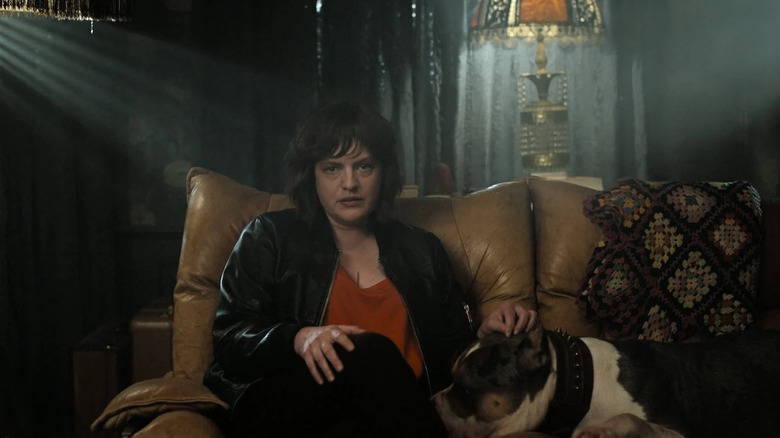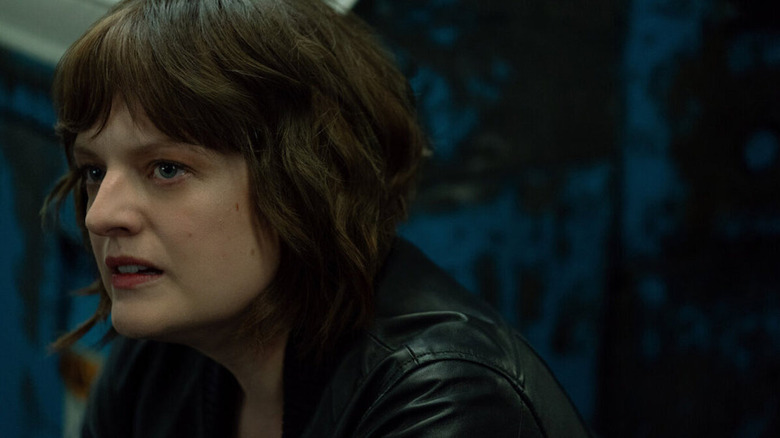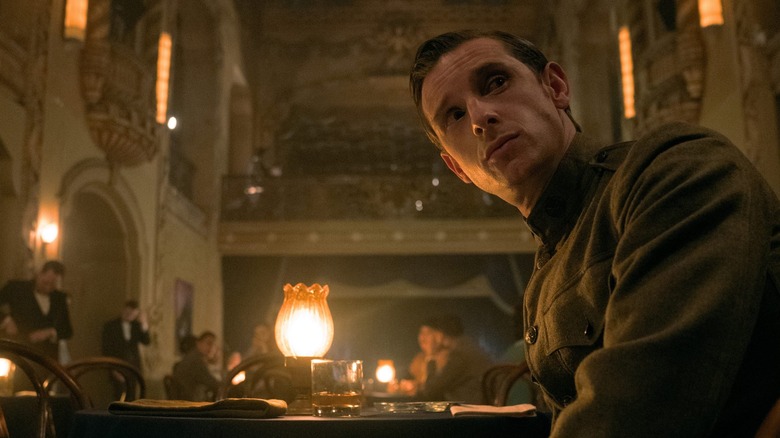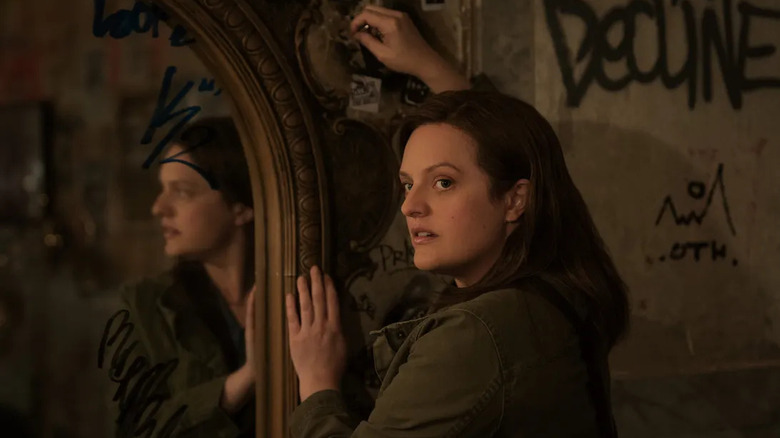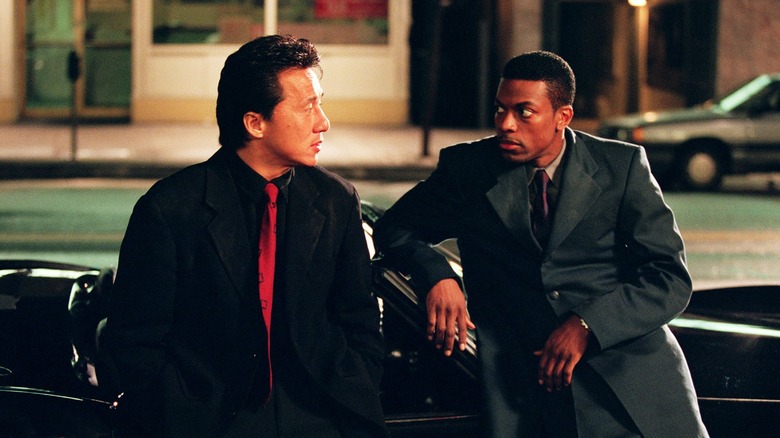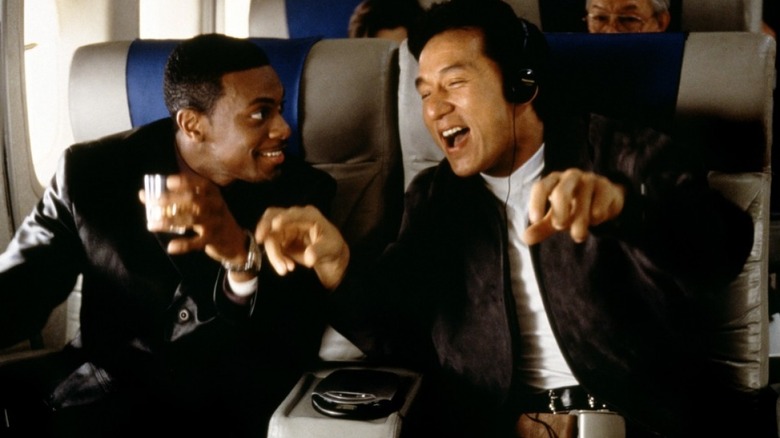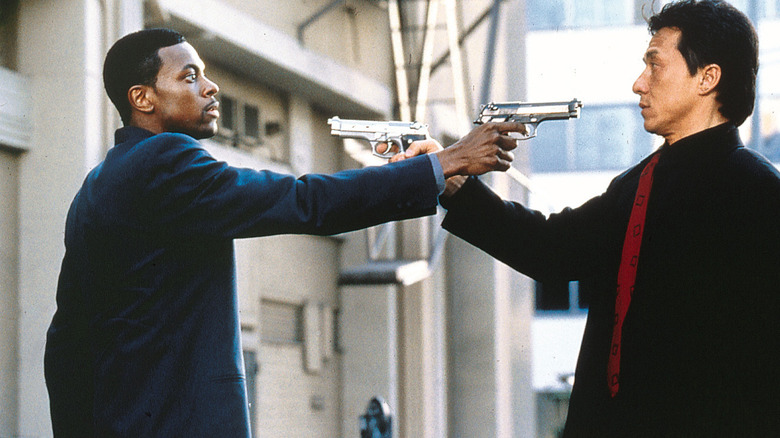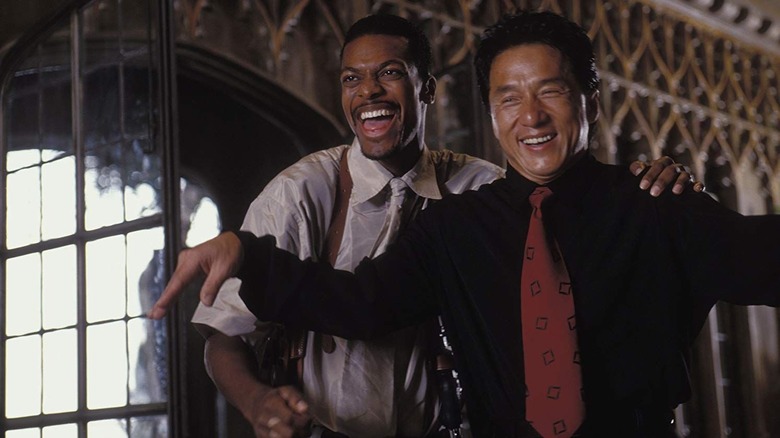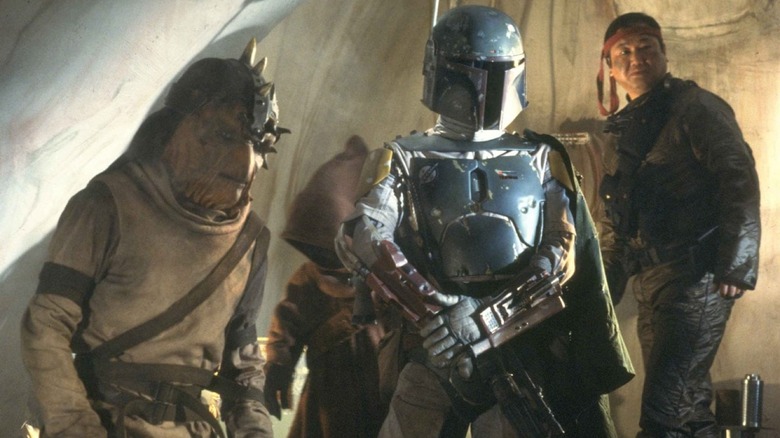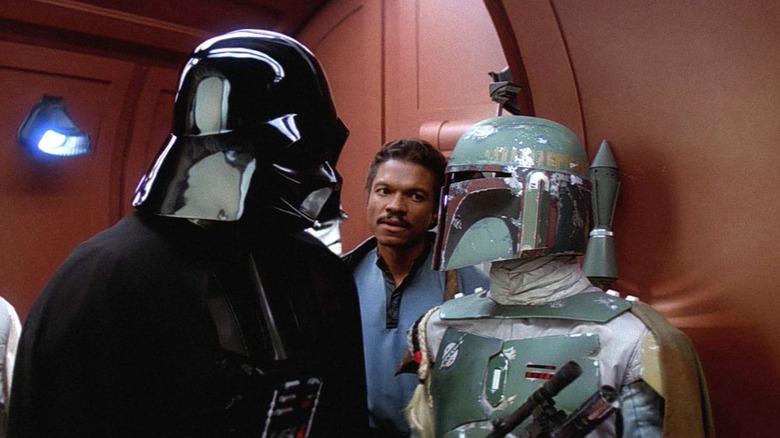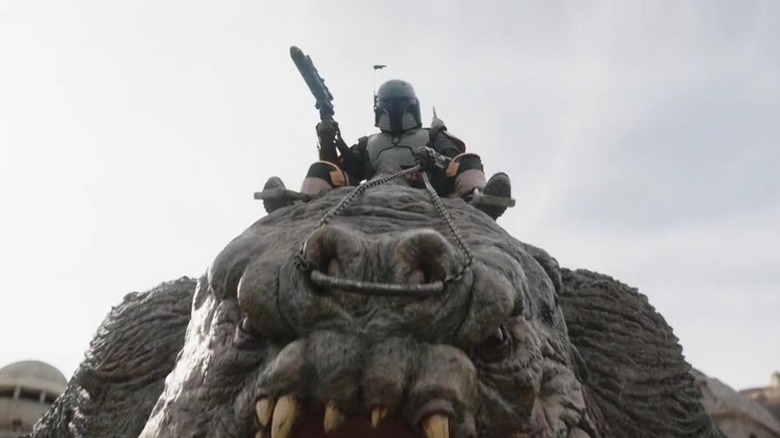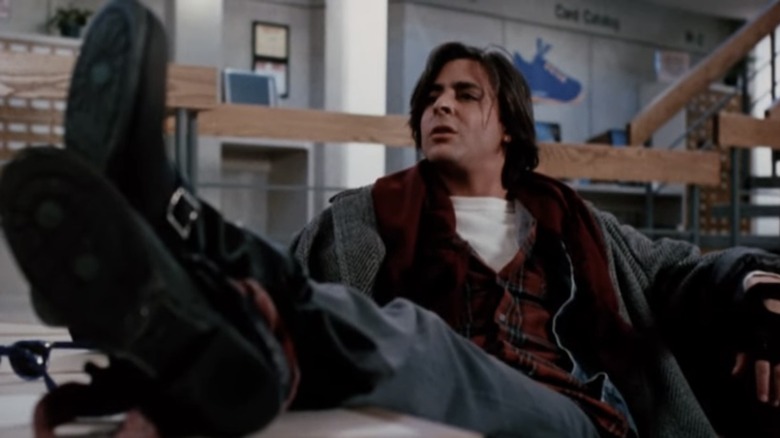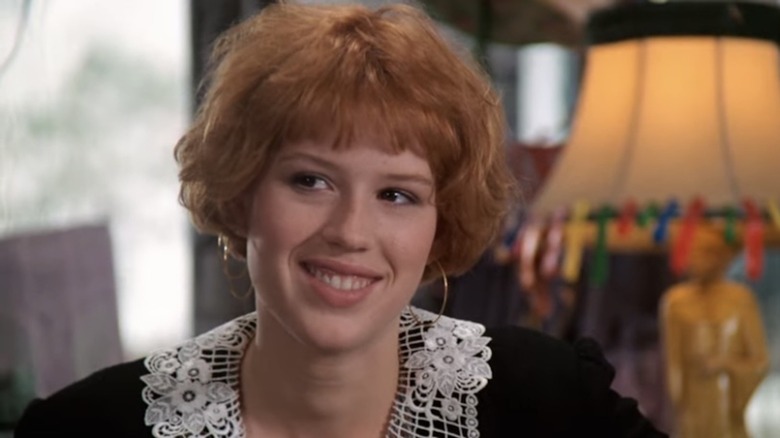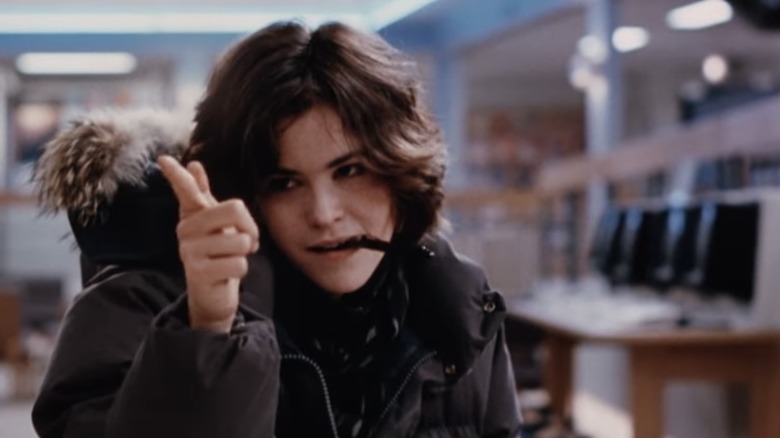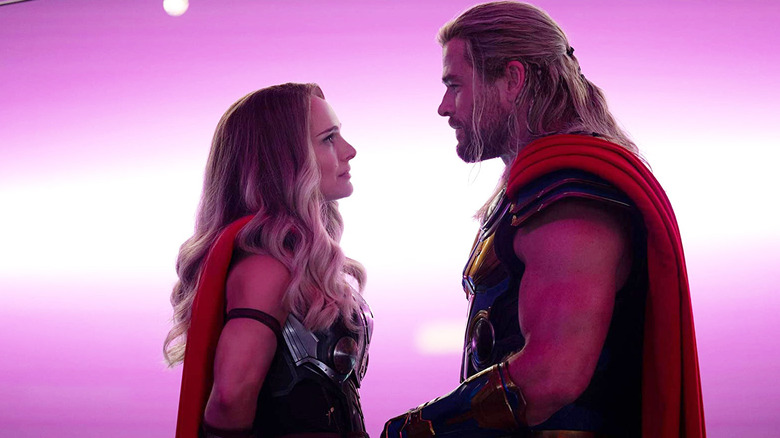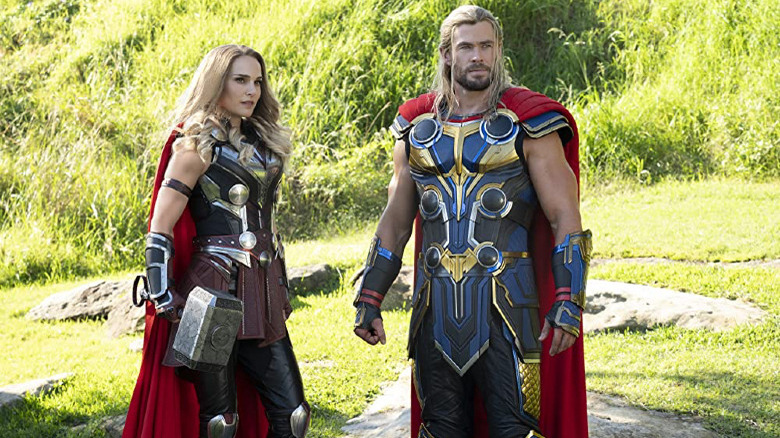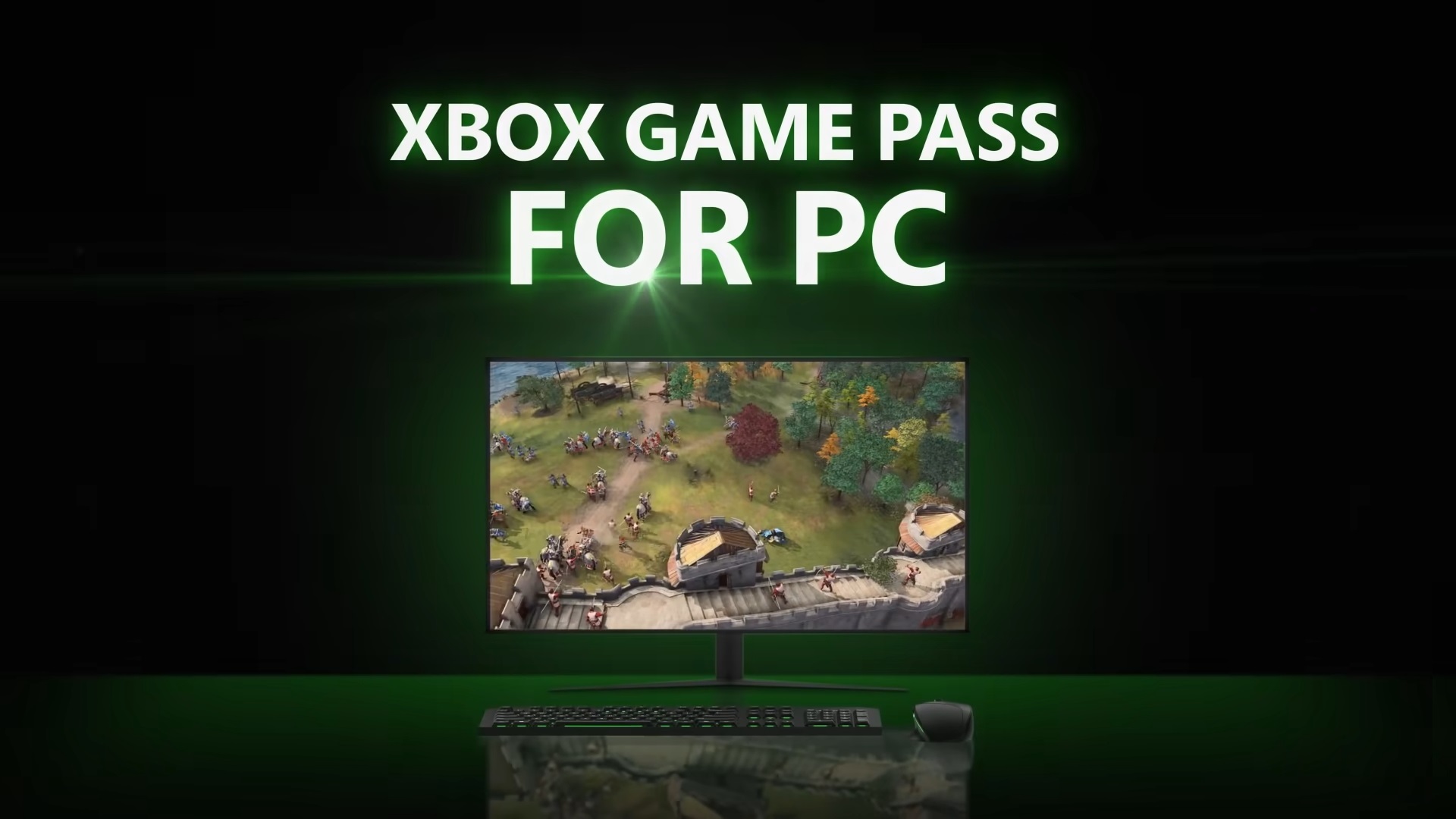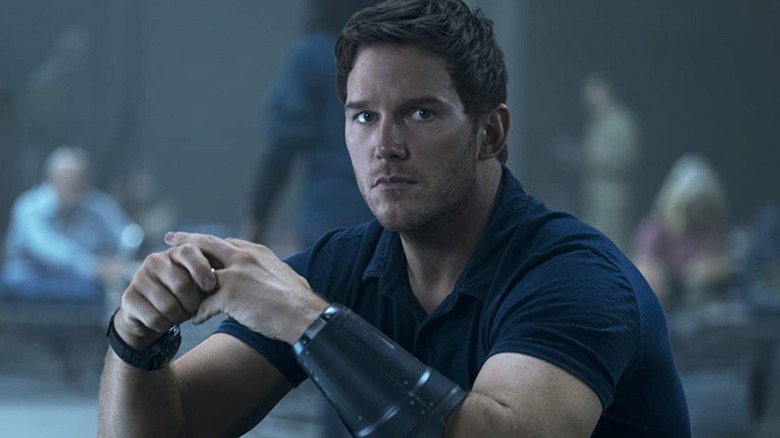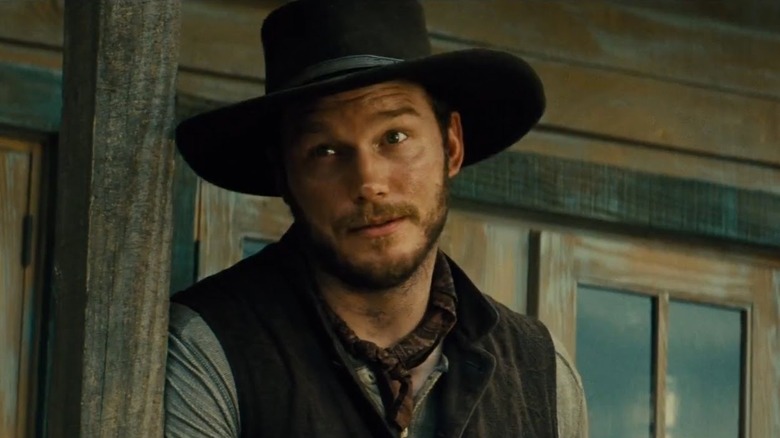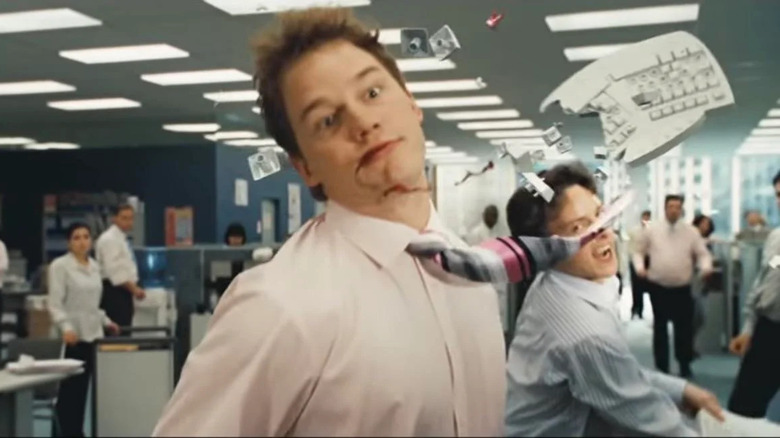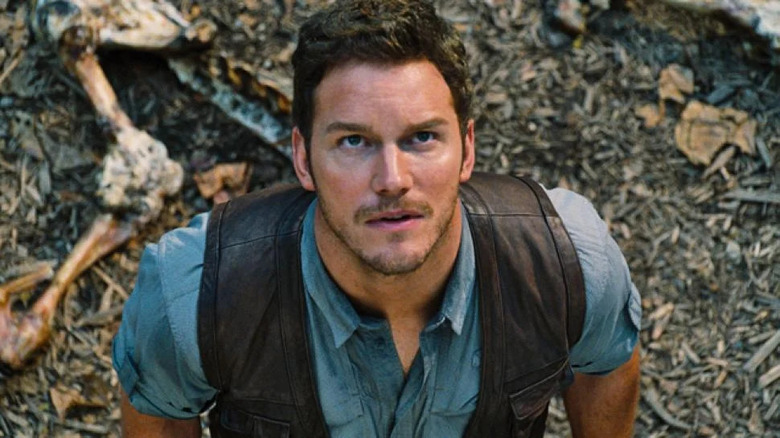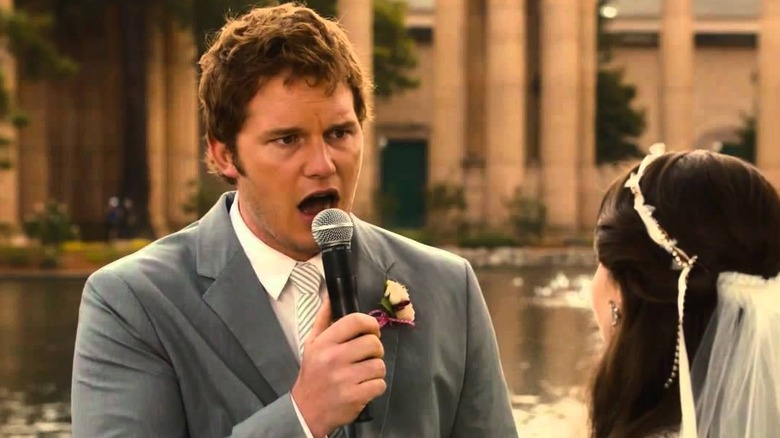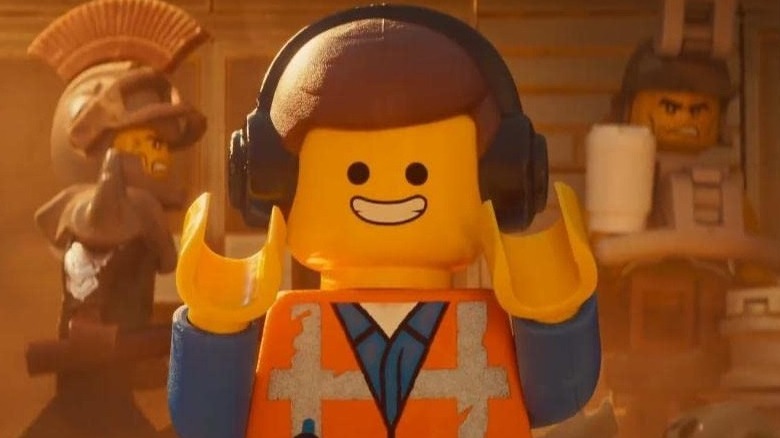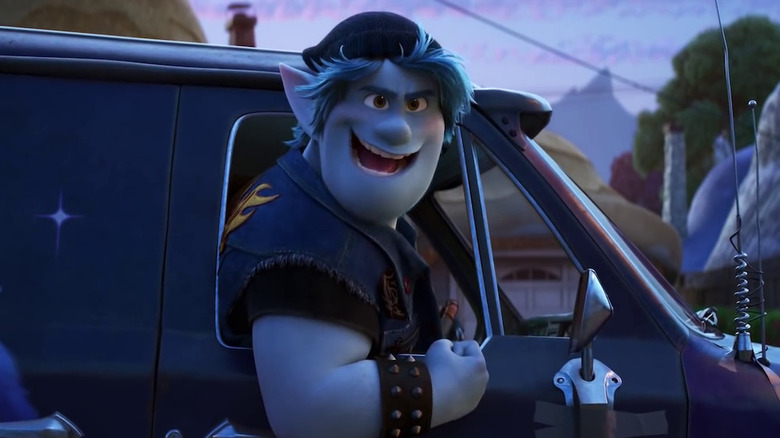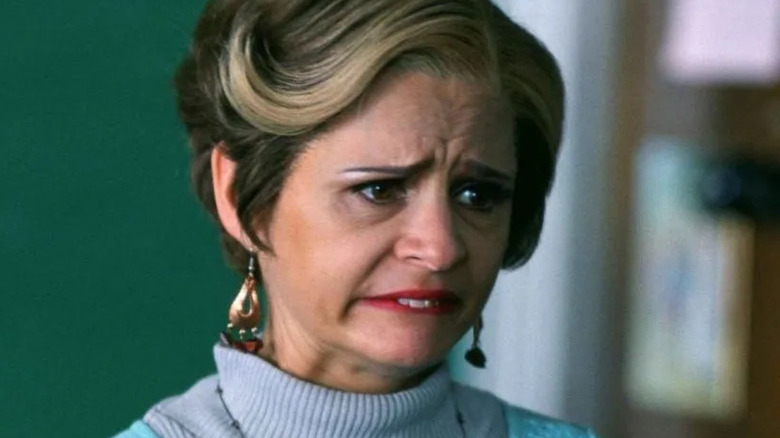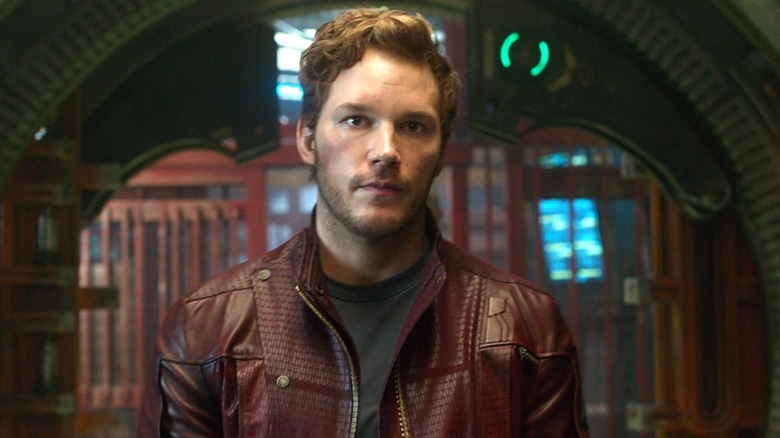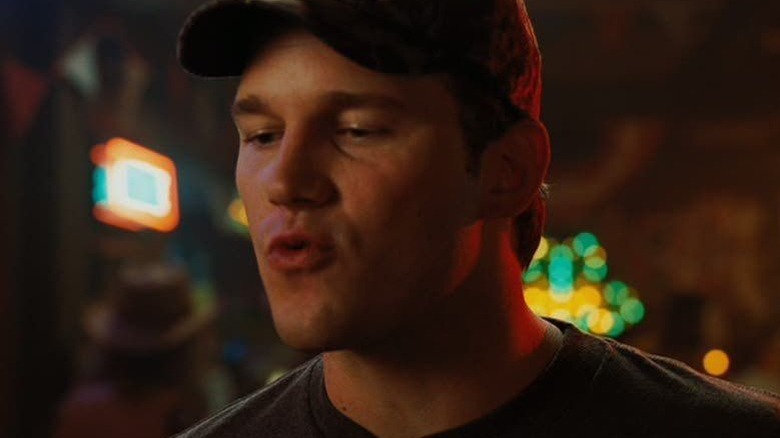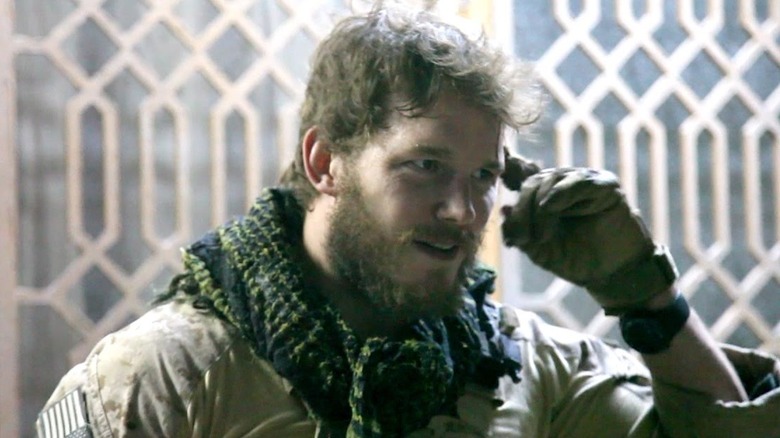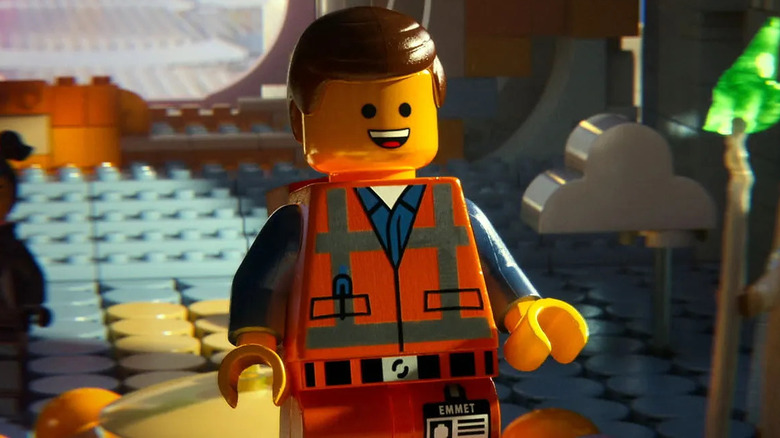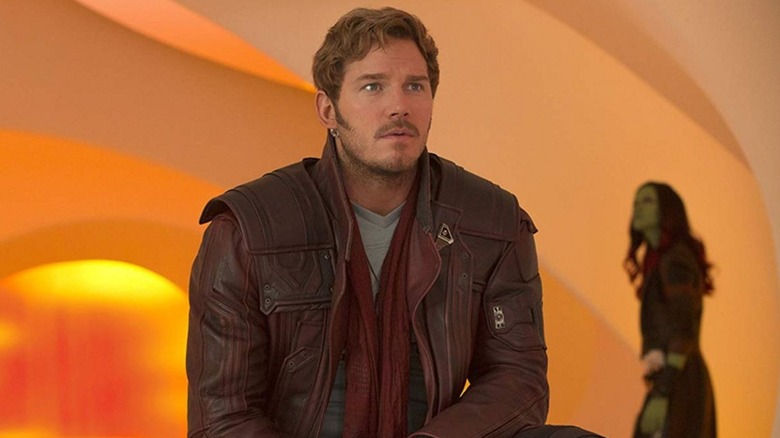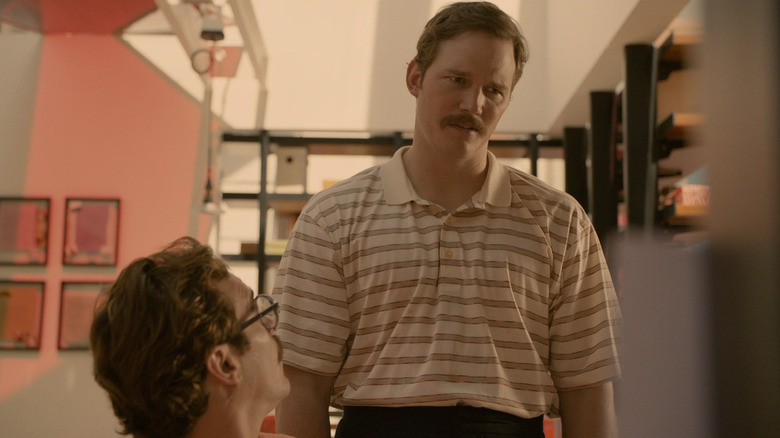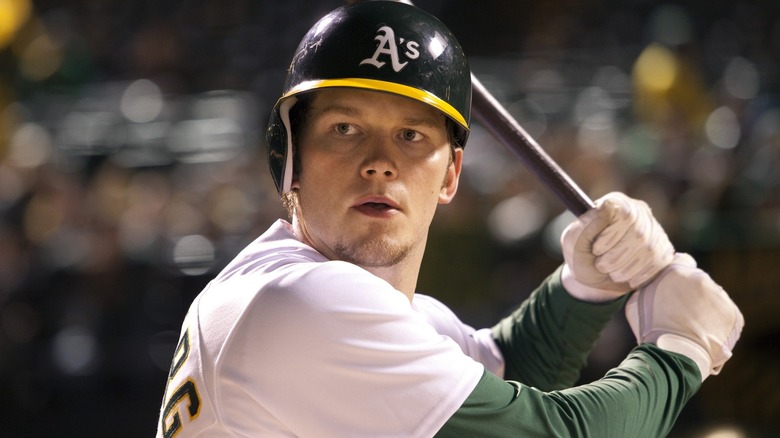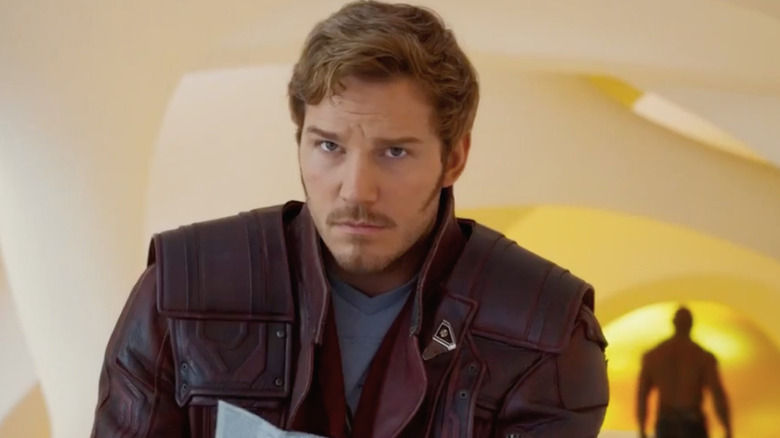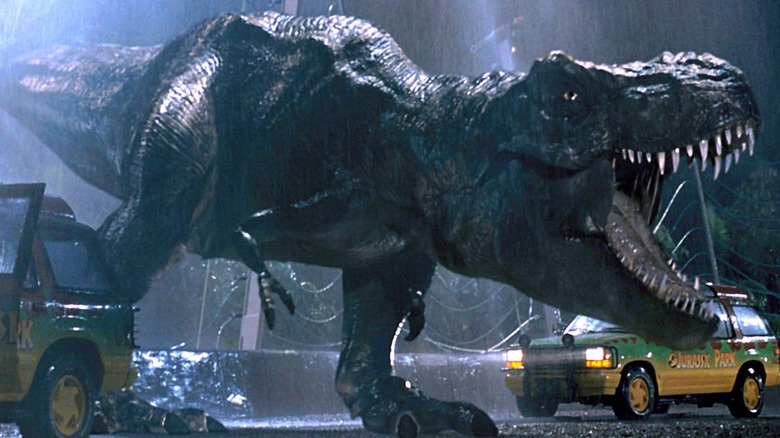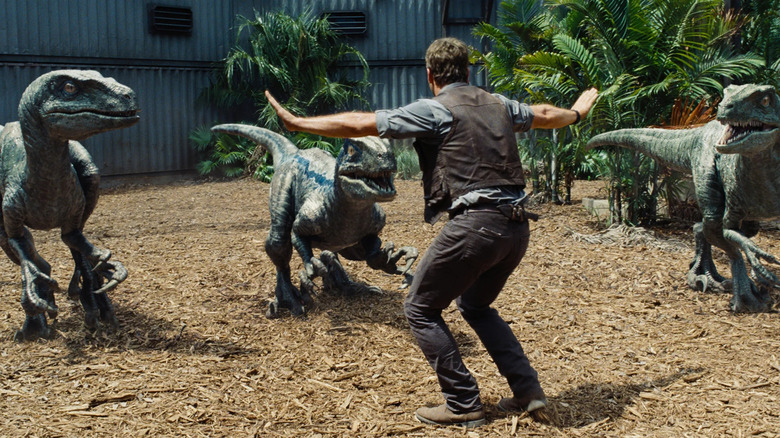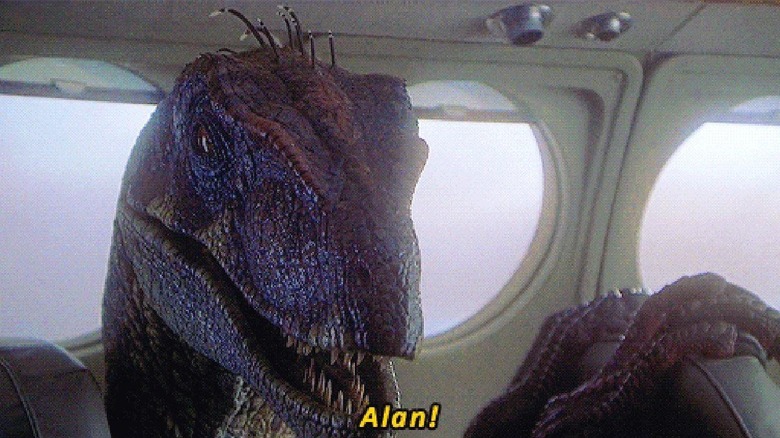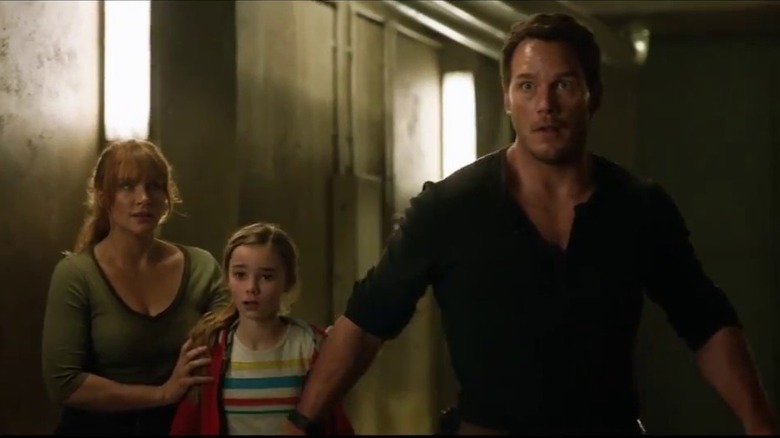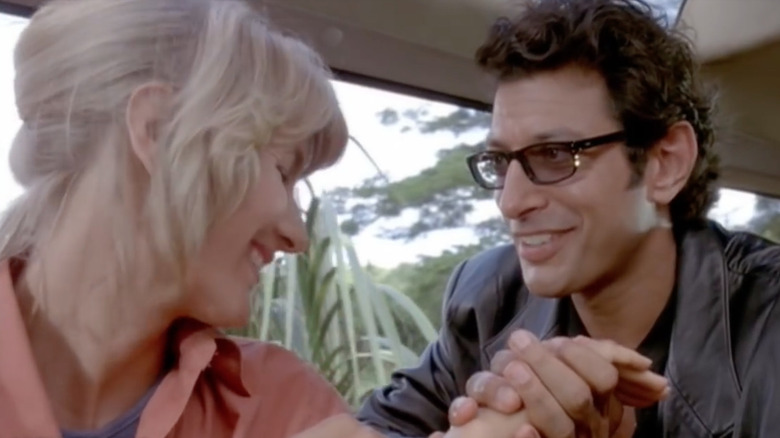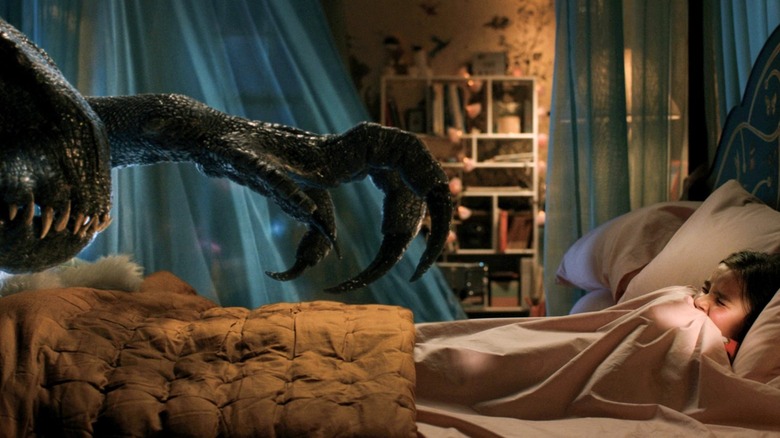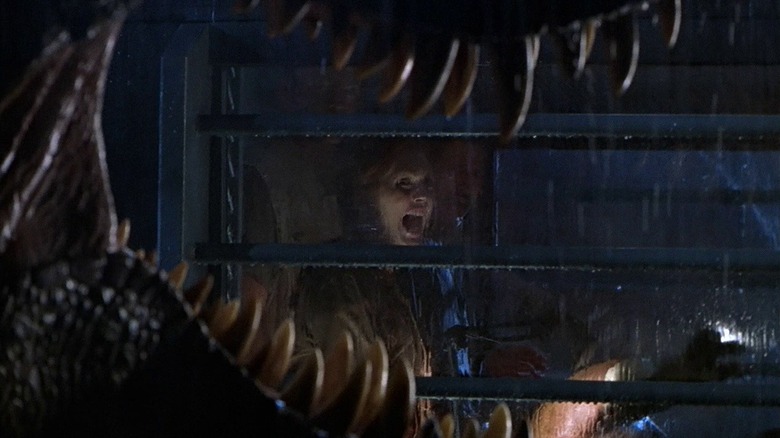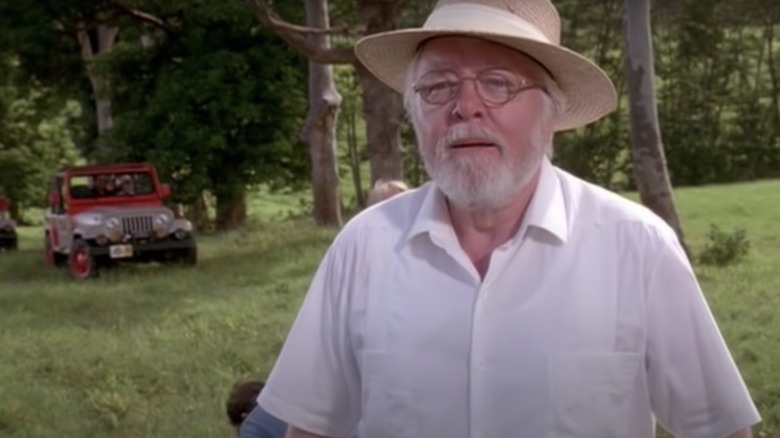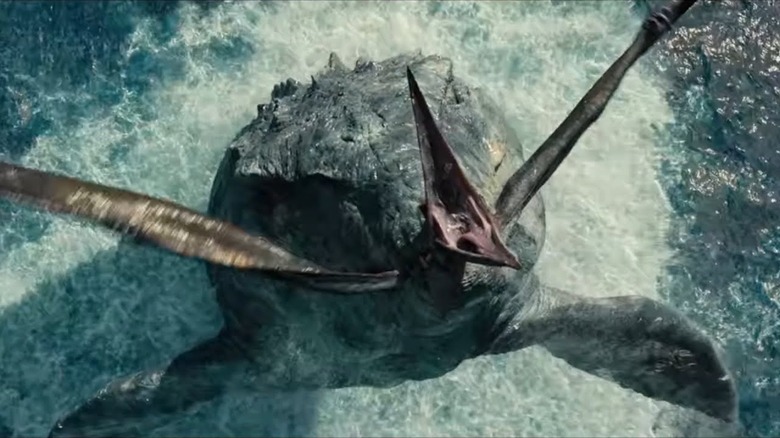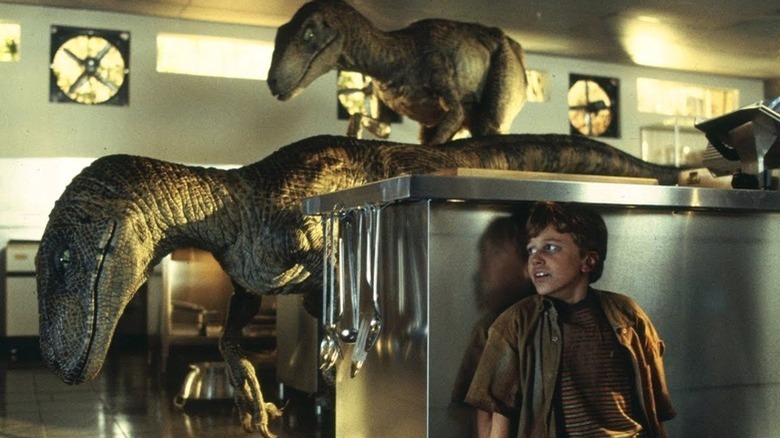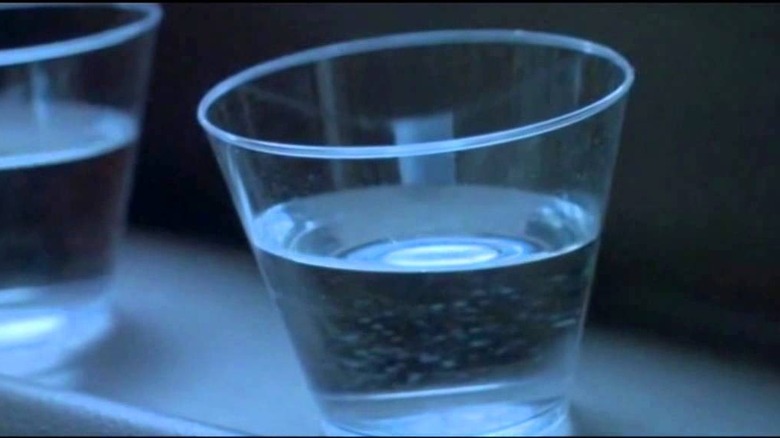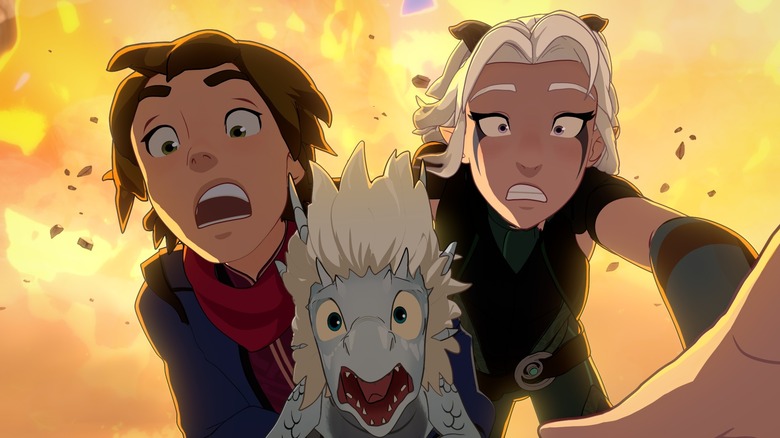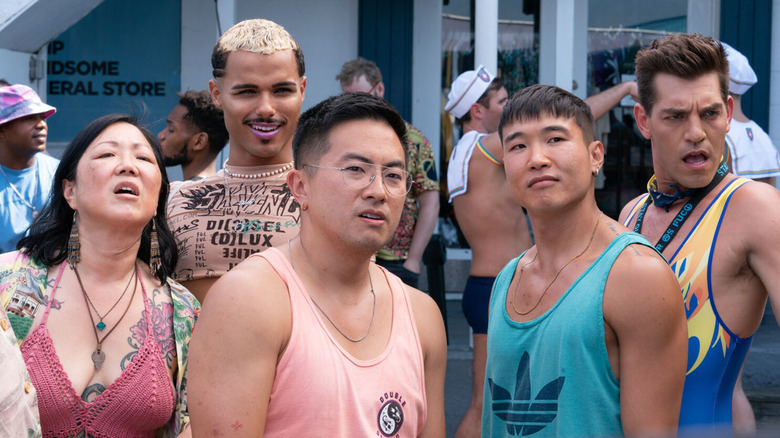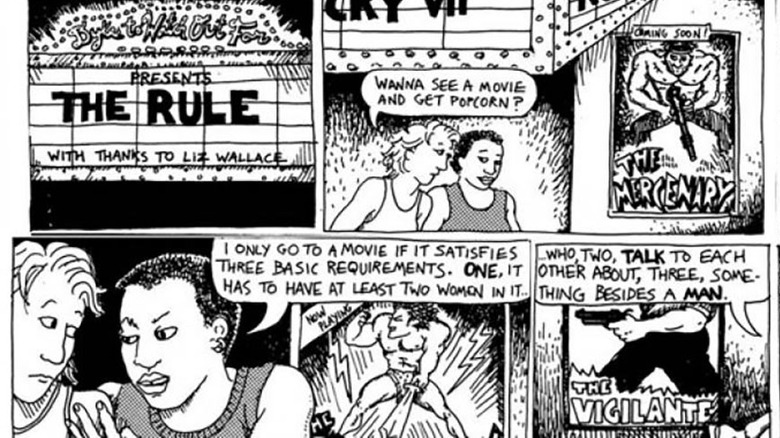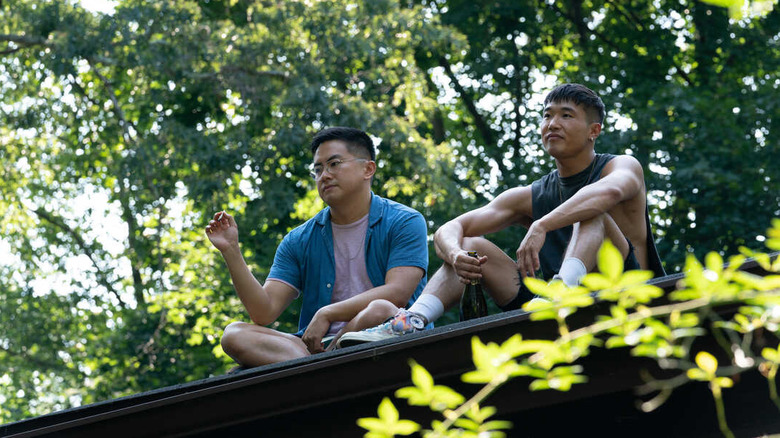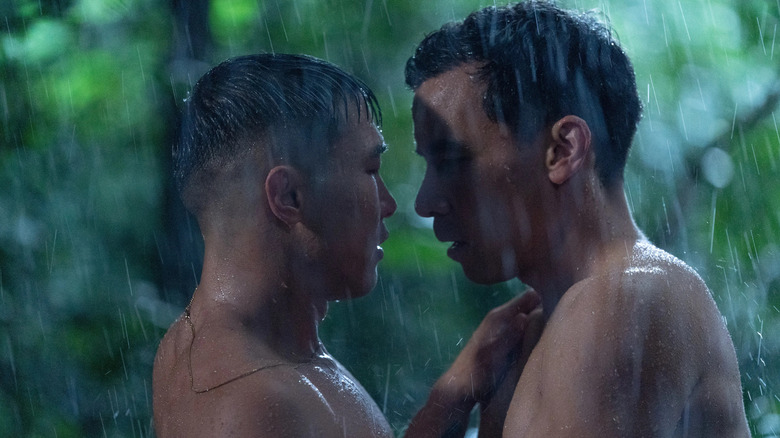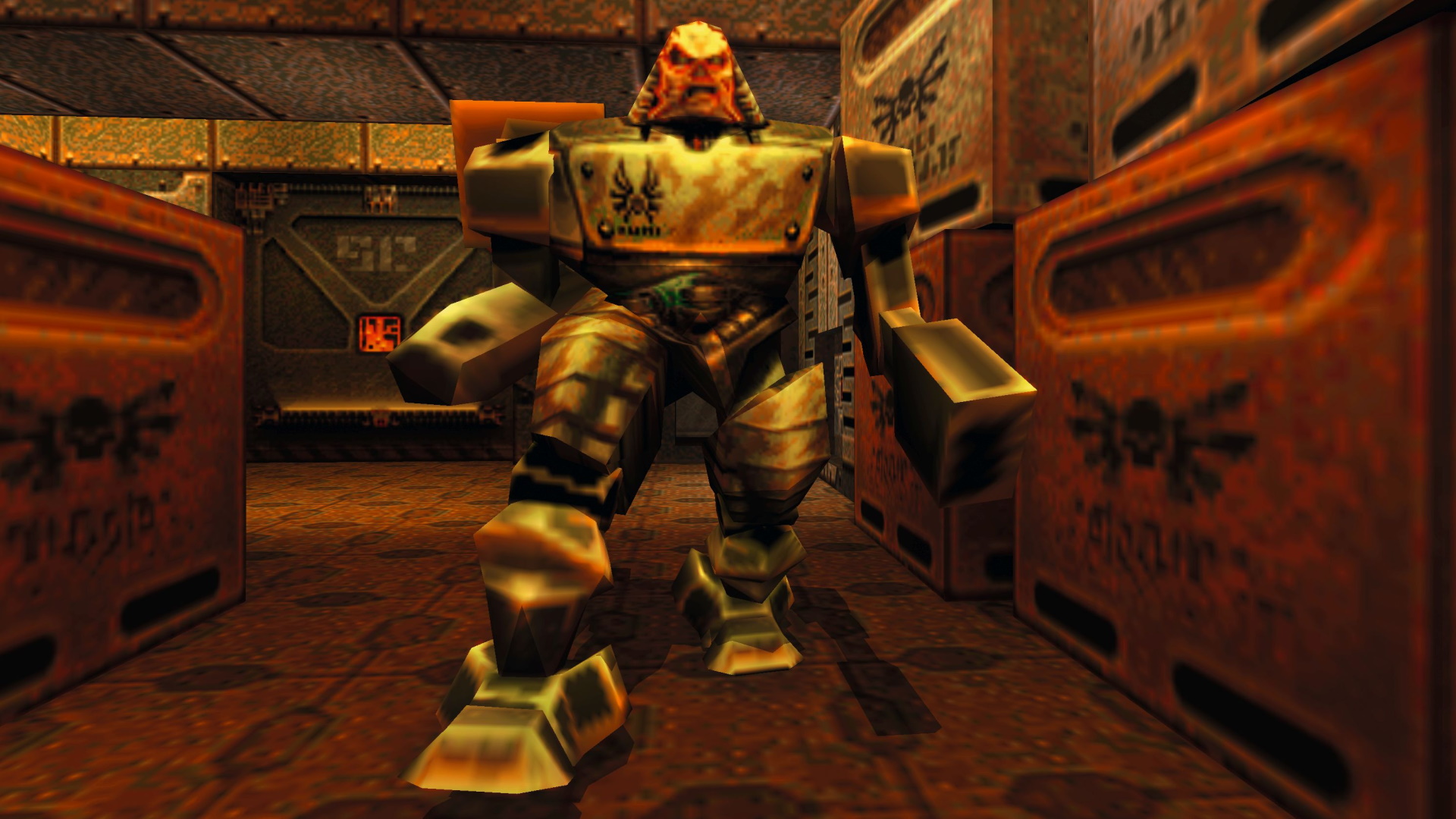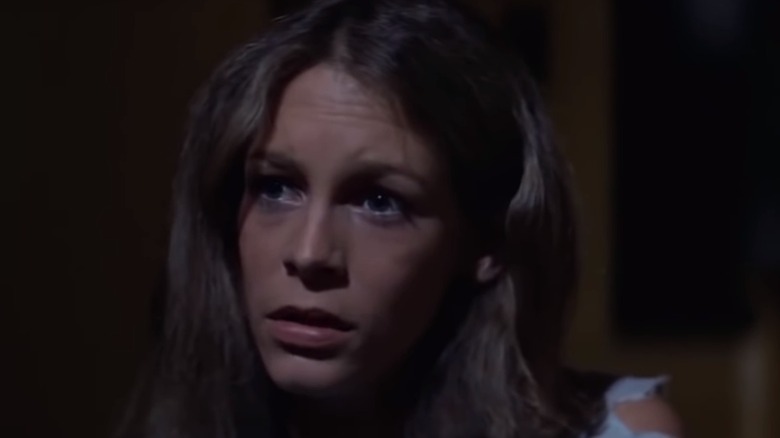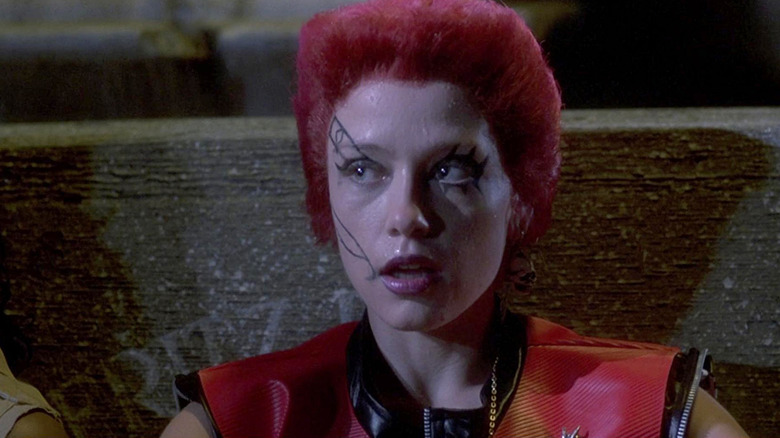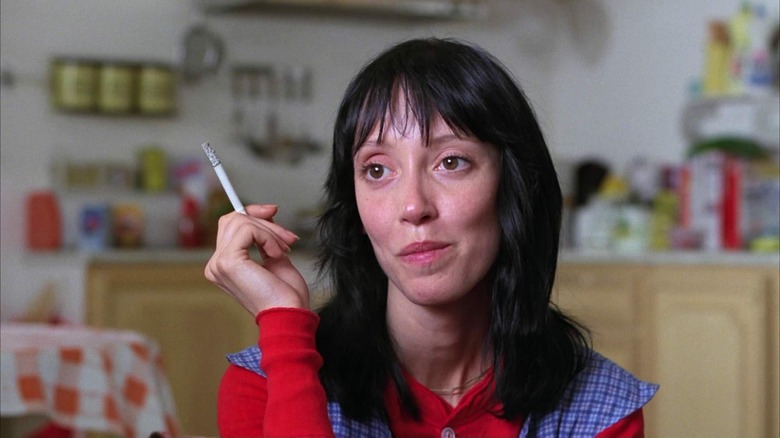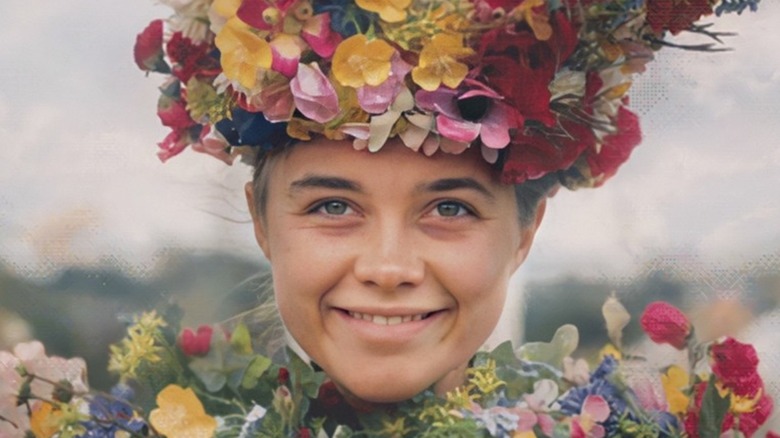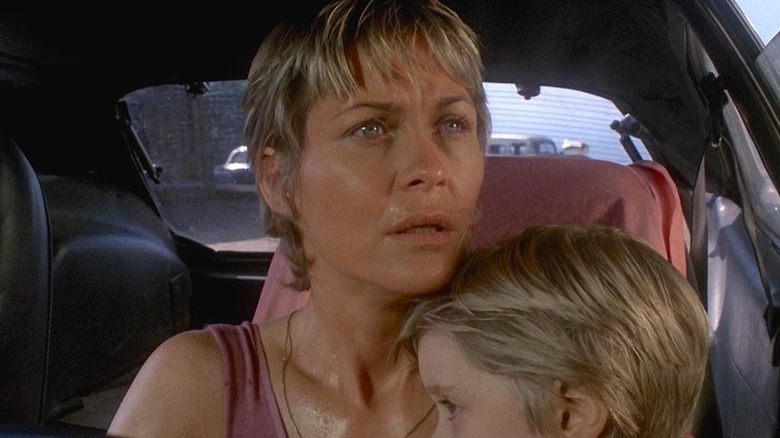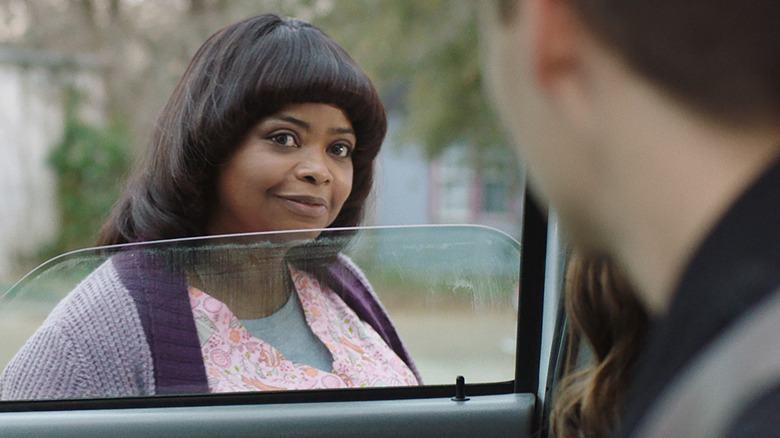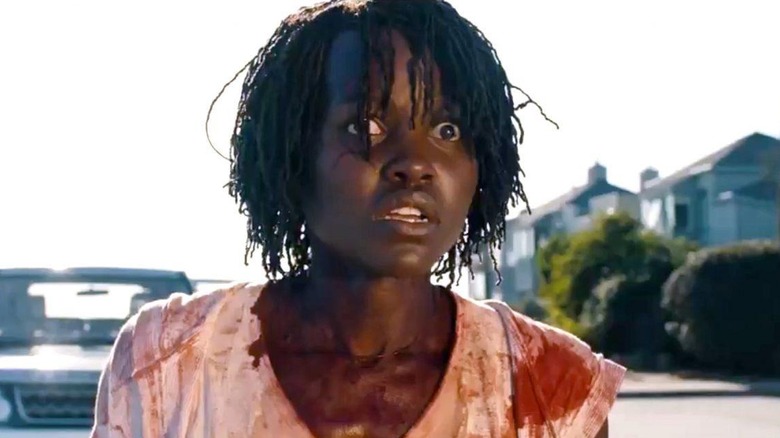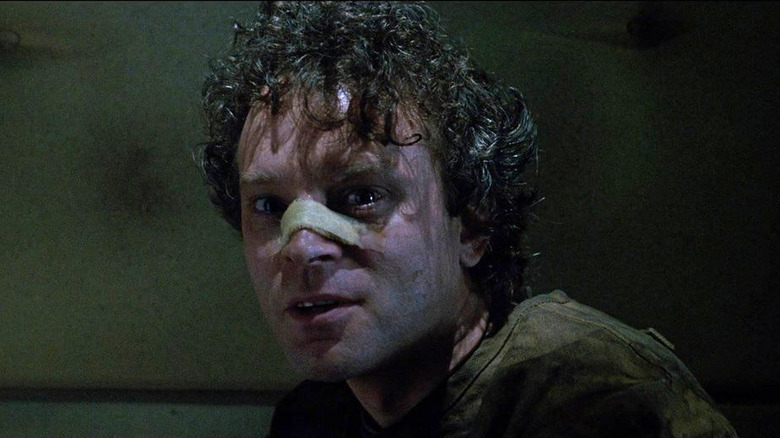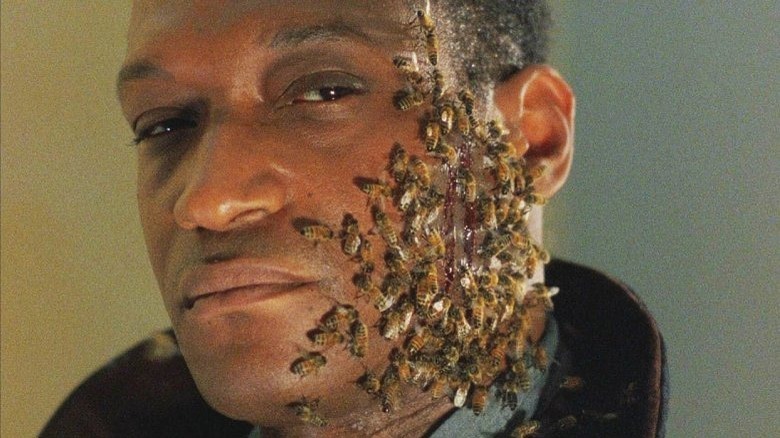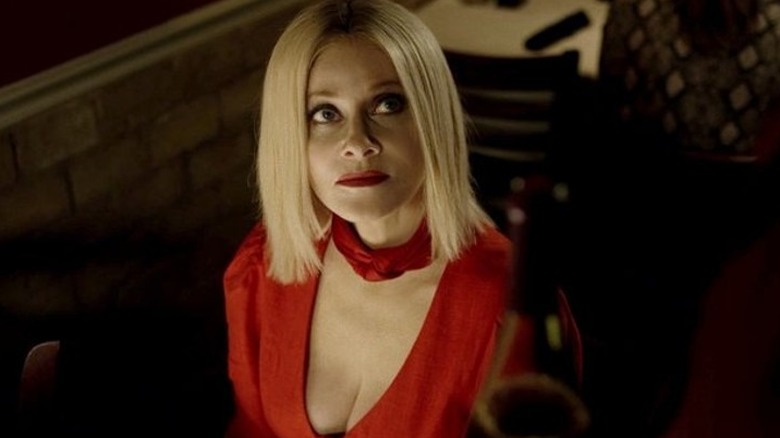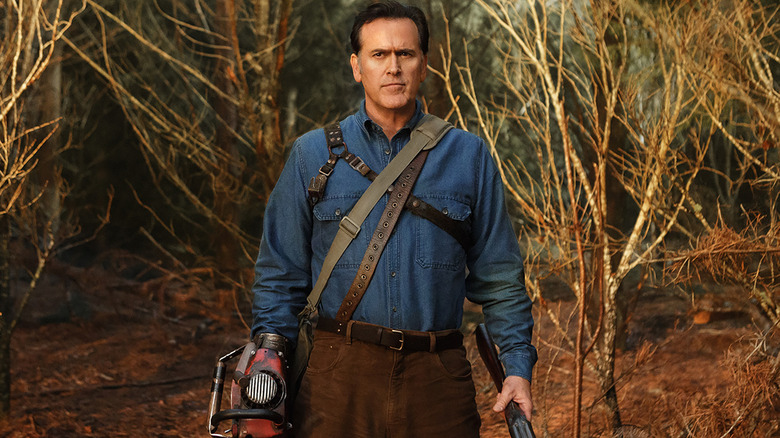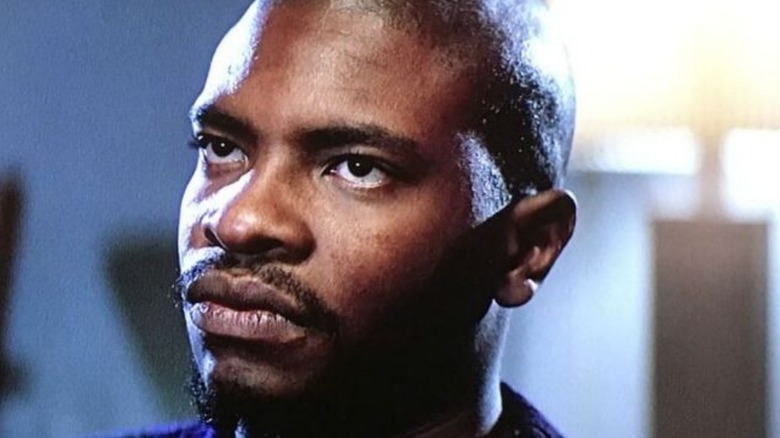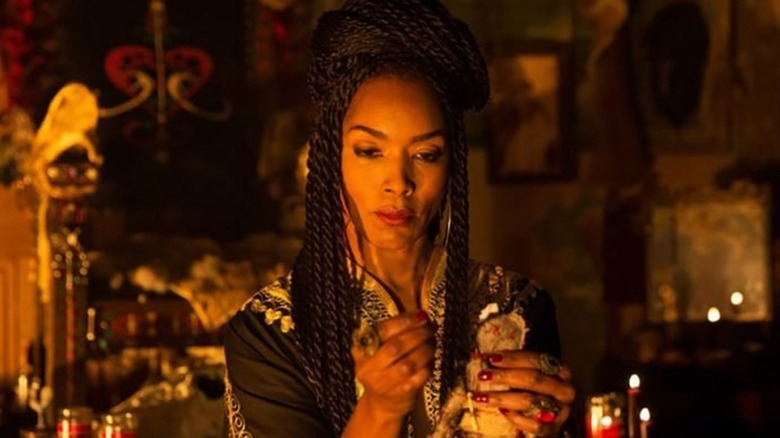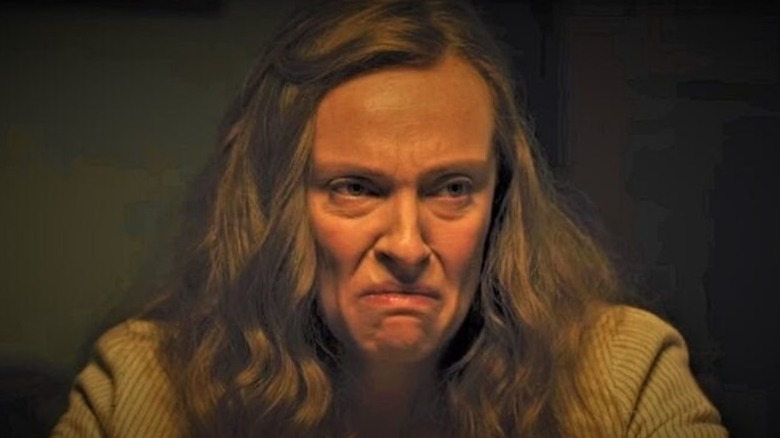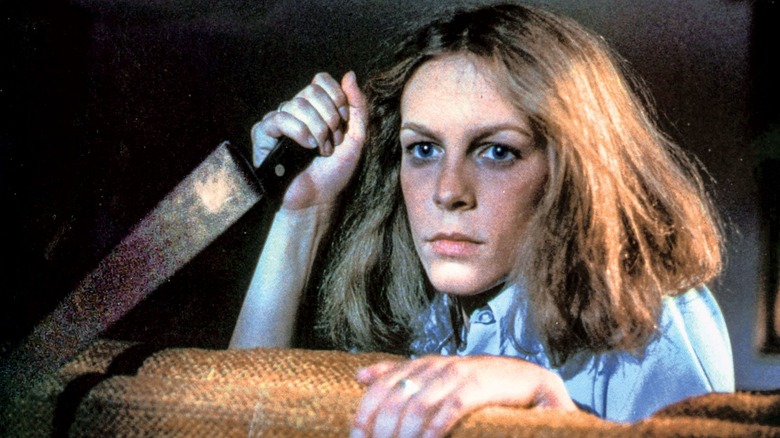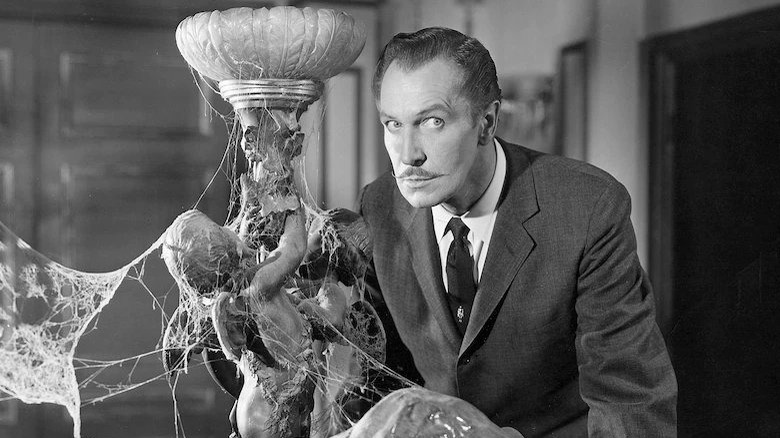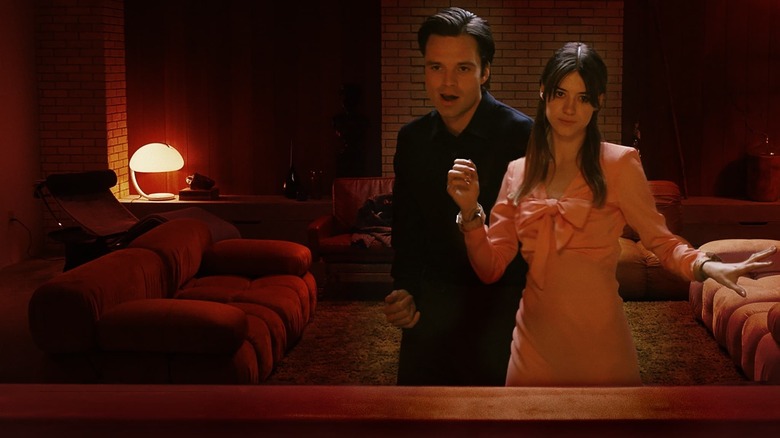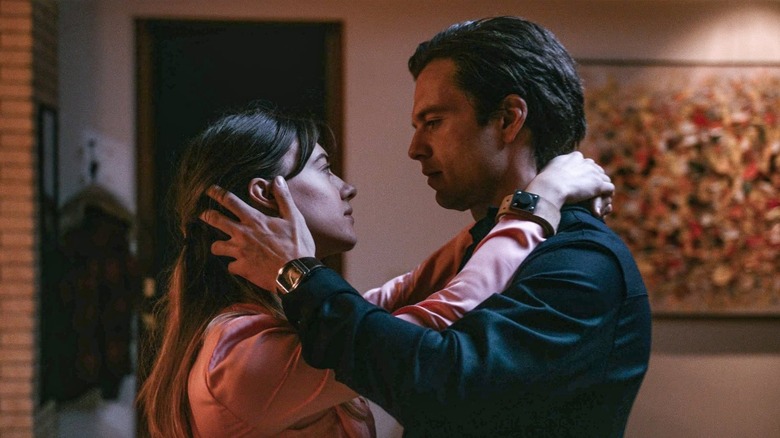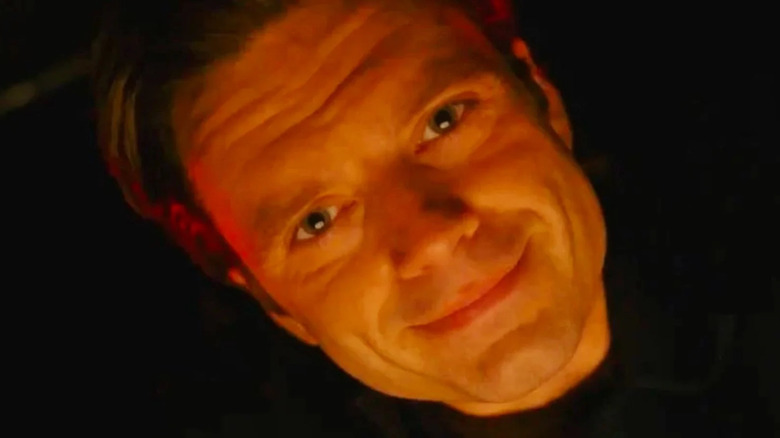Hey, folks. We have/had a good discussion going here, but something happened to nearly all of the comments. I'm not sure what the issue is. They're still in the database, but they don't appear on the site. We'll work to solve the problem.
Update: Holy cats! It's not only the comments on this article. It's the comments on every article on the site. They're all gone. I can see them in the database, but they're no longer tied to their posts. They're just here hanging in the ether. I have zero clue what happened. May be time for a database restore.
A couple of weekends ago, Kim and I enjoyed a short vacation on the Oregon Coast. She's been taking foraging classes, and she had an early morning workshop on harvesting sea vegetables one Sunday. Rather than wake in the middle of the night to drive out, we rented a small place in Tillamook and took the dog for an adventure. (The dog loves the coast.)
We let Tally lead us on a walk through town one rainy afternoon. Coming home, we cut through a trailer park. “We're in the poor part of town,” Kim said.
“Yep,” I said. “But look at that trailer house right there. That is almost exactly like the one I grew up in.” Here's the trailer I grew up in:

We stopped to look at the trailer. I pointed out the tiny windows and the sagging roof. “It's small,” Kim said, frowning.
“Yes,” I said. “Yes it is.” The trailer was a beat-up 1970-era single-wide. Nothing about it looked appealing. I could imagine the inside: shag carpet, thin wood paneling on the walls, faded linoleum, colors like Avocado and Harvest Gold on every surface.
If you've been watching Stranger Things season four, as we have, the trailer houses in that show remind me of ours too. Look at this mobile home from Stranger Things; it's very, very similar to the one my parents owned:
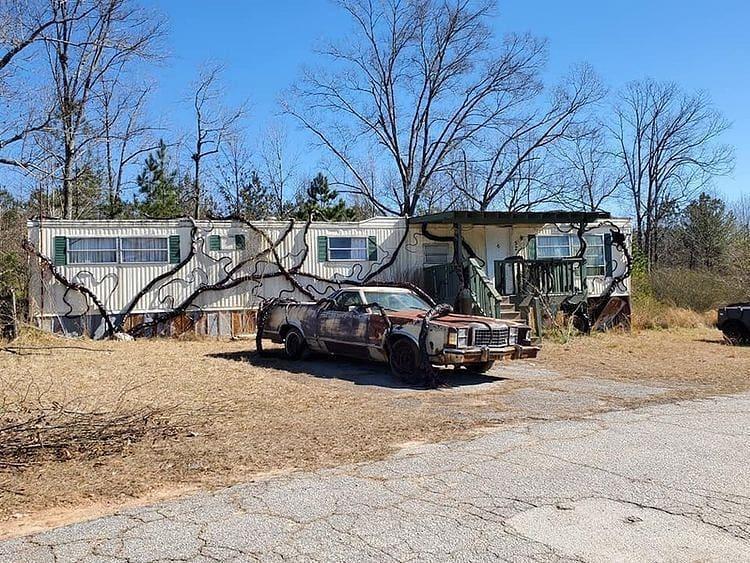
Everything about that image feels like my childhood to me. (Well, except for the demonic tentacles wrapped around the house and car…)
Growing Up Poor
I've talked before about how my family was poor when I was young. When he was working, Dad didn't make much money — but he was often out of work. Mom bought our clothes from the discount rack. There were times we relied on the church “relief society” for food. Mom and Dad often tried to make our situation seem like an adventure (“Kerosene lamps are fun!” “A wood stove provides more heat than a furnace!” “We don't need a TV! TV rots your brain!”) but in retrospect, I know now they were doing whatever they could to make ends meet.
There was indeed a brief time when Mom and Dad had money coming in. Dad started a business in 1976 that slowly grew into a profitable venture. When he sold that business in 1980, though, the buyer went bankrupt after making only one payment. Poof! There went Easy Street. And, of course, when Mom and Did did have money, they spent it. They never ever saved or invested.
It wasn't just my mother and father either. My Dad's entire family was poor. (My mother's family was not, but we had little contact with them.)
My cousin Duane's family, who lived about ten miles from us, was poor too. They had a big old drafty house instead of a trailer, but they also struggled to get by. His mother and father, like mine, were all about self-sufficiency. They grew their own food. They hunted. They fished. They built what they could by hand.
Duane loved to tell the story of how his father once refused to buy washers at the hardware store because they were too expensive. They cost seven or eight cents, or maybe a dime. Instead, Uncle Norman went home and drilled holes through nickels to make his own washers.
My father's sister and her family were just as poor as the rest of us. They lived up in the foothills outside Estacada in another big old drafty house. They needed a big house because there were nine children in the family. When I see movies featuring poor country folk from the 1930s, their circumstances often remind me of Aunt Virginia's bunch. (Long-time readers will recall that I've shared some stories from my aunt's family here at GRS in the past: “A Six-Dollar Christmas” and “The Night That Mama Cried While Angels Sang”.)
Naturally, the poverty of these three siblings had a source: their parents. Grandma and Grandpa were poor too, although it didn't seem that way when I was a boy. To me, Grandma and Grandpa were rich. Sure, their house was small. Sure, they lived simply. Sure, they grew much of their own food (in the form of gardens and livestock). Sure, they chopped their own firewood. Sure, they rarely bought anything beyond necessities. But their home and yard were always clean and tidy. And they could both make small things — oatmeal cookies, Bobbsey Twins books — seem like lavish luxuries.
Friends with Money
During my early childhood, our life seemed to revolve around the extended family. We spent holidays with Grandma and Grandpa and aunts and uncles and cousins. Outside of church, this was the only life I knew. To me, this was how the entire world lived. I had no conception that there might be anything else.
During those rare times I was allowed to watch TV, I saw different ways of living, of course, but these seemed like fantasy. Besides, the Cunninghams on Happy Days and the Bunkers on All in the Family didn't have lives that seemed too far removed from ours — except that they lived in the city. (The Brady Bunch, on the other hand, blew my mind. Such a big house! Such nice things! They were rich, and I knew it.)
Eventually, I made friends and I started to visit my friends' homes. Those friends who lived in the country sometimes lived in the same circumstances that we did, but many did not. Many had bigger homes, nicer homes, cleaner homes. (You would not believe me if I described how dirty and cluttered our house was when I was young.) And my friends who lived in town? Well, there was no question in my mind that they were rich.
I remember going to an overnight birthday party in town when I was in fourth or fifth grade. My friend's house was huge. It was modern. He had so many books and toys. His parents had new, fancy cars. They ate in restaurants. They could afford to take the entire birthday party to pizza! Looking back, it's probable that this friend's family was only middle class, but in 1980 they seemed rich to me.
As I entered middle school and high school, the differences between our circumstances and those of my classmates became even more apparent to me. Again, not all of my peers were rich. Some were poor like us, and they tended to become my friends. But I have vivid memories of my first experiences in the homes of rich people, and of how these rich kids carried themselves.
Once during high school, for instance, I went over to a friend's house after play practice. (We were rehearsing You Can't Take It With You.)
My friend's father was a dentist — my dentist. Their house, located on the shore of the Willamette River, was enormous. It was so big that there was an actual tree growing in the center of it. It was a smallish tree, but it was still a tree. My friend and her brother each had their own computer. They each had their own television. The family had so much. I was in awe.
During high school, I had brief encounters like this with wealth and wealthy people. In each case, I felt out of place. I felt dirty. I felt like an impostor.
It was also about this time that I began to notice a difference between the rich kids and the poor kids like me. The rich kids exuded confidence. When they wanted something, they asked for it — or they took it. We poor kids were much more timid. We never took anything, and often we were afraid to ask for what we wanted. We were rule followers. My rich friends were not. They behaved as if rules were meant for other people. (Inevitably, it was my rich friends who got into trouble. Just as inevitably, their parents bailed them out.)
A Higher Education
I awakened to the difference between rich and poor during my teenage years. And I awakened to the knowledge that my family was poor. I began to think about my future. I never explicitly thought, “I want to be rich” or, “I don't want to be poor.” Instead, I thought, “I don't want to live in a trailer house when I grow up.” It seemed to me that the best possible escape route was college.
Fortunately, I was smart. I didn't particularly apply myself to my studies, but I didn't need to. I coasted through high school with a 3.29 GPA with zero effort. I never had homework (I finished it in class or during lunch) and I never studied for exams. I did phenomenally well on standardized tests. I could write well. I participated in a wide range of activities. In time, I was accepted to every college I applied to (although, admittedly, I didn't cast a wide net). And one school, Willamette University, offered me a full-ride scholarship based on my test scores and extra-curricular activities.
College was a shock. I was discomforted by my rich friends in high school, but that was nothing compared to the wealthy kids I met in the dorms. These kids had nice clothes, nice cars, and (seemingly) no cares. Again, they had so much confidence. They acted as if the world was made for them. How did they do it?
One of my friends, for instance, had a new BMW that his parents had bought him for high school graduation. His father was a doctor. My friend (and his sister, who also attended Willamette) weren't especially smart. In fact, they were kind of dumb. I tutored both of them at different times, and was always amazed by how little basic knowledge they possessed, and by how poor their study skills were. They didn't get into college on merit. They got into college because their father with deep pockets was an alumnus.
My friend and his sister sailed through college with poor grades and a rich social life. They were active in their Greek organizations. Their parents gave them money, which they promptly wasted on drugs and alcohol. To them, college wasn't about studying. College was about making connections.
I know it sounds as if I have negative feelings toward these two friends, but I don't. I loved them both. I have only fond memories of them. But there's no question that they were rich kids who acted like rich kids.
Once during my freshman year, I visited my friend's house. It was like a palace to me, and I said so. My friend was offended. To him, his house was a house. He took it for granted. But the place was enormous. It was opulent. I remember standing in front of the floor-to-ceiling wall of windows that looked out over the valley below us and watching the sun rise. I'd never experienced anything like that before.
At the end of my freshman year, I began dating a woman from Portland. Amy was terrific, and so was the rest of her family. But again, their life was outside my realm of experience. They owned a big old home in a nice part of town. Her father was a real-estate agent who owned several rental properties, including the building where he had his office. Amy's mother (who couldn't remember my name, so she called me “The Initials”) was a wonderful woman who was interested in the arts and philanthropic organizations. “Your family is rich,” I told my girlfriend once. She was offended, but it was true.
I had many experiences like this during college. In time, I became numb to them. I would visit a friend's childhood home, and it would look nothing like what I had grown up with. Always always always, I felt out of place. I didn't know how to behave. I didn't know what to do or think or say when in the presence of such wealth. But all of my friends seemed to fit in fine. They'd grown up in this world, and they knew its unwritten rules.
This is no small thing.
The Mental Side of Money
I've been fortunate in life. When we were married, Kris and I started with modest means. We lived in an apartment. Before long, we bought a standard ranch house near the high school where she taught physics and chemistry. We weren't rich but we were certainly middle class. In fact, by the time my father died in 1995, Kris and I had a home and lifestyle that surpassed what Mom and Dad had ever been able to achieve.
Dad's box factory did eventually allow him to escape poverty, but he didn't live long enough to truly enjoy it. And Mom's health declined before she could enjoy the change in financial fortunes either. Today, the box factory pays for her memory care and medical bills.
As an adult, my experience has been markedly different than when I was a kid. I've gradually moved from poverty to middle class to upper middle class. In the physical world, I am now rich. But inside? In my internal world? I'm still that poor kid living in a trailer house. Foolish though it may seem, I am trapped by those thoughts and those emotions. They guide my decisions (often at an unseen level).
I still lack confidence. I still feel like I don't deserve anything that I have. I still expect it all to vanish, to go away. I find it difficult to defer gratification. Intellectually, I understand that if I want to purchase something, I can do so any time I need to. I can wait. Emotionally, however, I feel like I have to buy things now because the opportunity may never arise again. It's irrational, I know, but that's how it is.
Last week, I had a conversation with a new friend here in Corvallis. I was talking about how frequently Kim and I have moved during our ten years together, and about how we're ready to stay in one place. “In retrospect,” I said, “we probably should never have sold our condo in Portland. It was a beautiful place. It was the best unit in the building: top floor, on the corner, with a view that looked over the river toward downtown. It was, by far, the nicest place that I have ever lived.”
“So why did you move?” my new friend asked.
“There were a couple of reasons,” I said. “We acquired pets, for one. We had two cats and a puppy, and they didn't do well on the top floor of an apartment building. Plus, the crime and traffic and homelessness in our neighborhood had become overwhelming. But if I'm being honest, I think the main reason I sold the place was because I felt like I didn't deserve it.”
“What?” my friend said, shocked. “Didn't deserve it?”
“I'm serious,” I said. “I've never really thought about this before, but it's true. During the four years we lived there, it never felt real. It felt like a dream. It felt like the place was too good for me. I felt like I didn't deserve it. I felt like an impostor.”
She and I then had a long discussion about growing up poor (because my new friend grew up poor too) and how poverty can mess with your mind, can lead you to conflate wealth with self-worth.
On a whim, I just looked up our old condo unit on Zillow. It just sold again two months ago! I bought it for $342,000 in 2013. It sold for $737,000 two months ago today. I think you can get a sense of just how posh the apartment was.
The Green-Eyed Monster
All of this rambling was inspired by a post I saw yesterday on the /r/fatFIRE forum on Reddit.
For those unfamiliar, /r/fatFIRE is a judgment-free place for rich people to talk about rich people problems. These are folks worth $5 million or $10 million or $100 million. Generally speaking, I do not begrudge these people their wealth. (I've never been one to envy the wealthy, actually. I'm not an anti-billionaire, “eat the rich” kind of guy.) That said, this question triggered some deep-seated issues inside me:
Our child is going a private four year east coast college. We are FAT but trying not to spoil him. All of our trusts are confidential and completely discretionary. He went to a private high school but does have a summer job. I want him to enjoy school and studying. What is a reasonable allowance per month for him? 529 will cover most of her other costs (housing, travel, books, etc). I don’t want him to be the spoiled trust fund kid that I hated in college.
Besides being unclear on this child's gender (him? her? why does the poster use both?), I was floored by this question. I'm not so much floored by the idea that a kid's parents might pay for their entire education — I've seen that plenty — as I am by the entirety of what's going on here: private high school, trust funds, a college allowance.
An allowance in college? Are you kidding me?
I'm serious: Even after a day to think about this, I still can't get over the concept. Do you know how much money my parents directly contributed to my college experience? Zero dollars. And I knew that's how it was going to be, which is why I pursued scholarships and grants and why I worked several jobs concurrently to have spending money. But it's not just that this Reddit question is far removed from my own life; it's also that I think it's a terrible, terrible idea. (My own experience has shown me just how spoiled kids like this can get. The Millionaire Next Door, though, backs this up with data.)
But what if I'm simply being jealous? What if I'm not flabbergasted; what if I'm actually envious? Does this situation get me riled up because I wish that I'd had the same advantages? And what if I had enjoyed the same advantages? What would I be like then? Would I have turned out spoiled too? Is the confidence I see in wealthy people produced by being spoiled? I don't know.
My mental health, which was woeful for several years there, has improved considerably during the past twelve months. (There are a variety of reasons for this.) All the same, I still suffer from some of the same core problems that have plagued me my entire life: lack of confidence, poor self-esteem, rotten impulse control. I look at my peers and they all seem to have their shit together. They're poised. They have direction. They act with purpose. Not me!
I can't say that growing up poor is the sole source of my hang-ups. Part of the problem is simply my genetic makeup, I'm sure. Part of the problem comes from the fact that my parents, who did the very best they could, weren't able to impart certain fundamental skills. Part of the problem stems from being picked on all the time during grade school.
But you know what? The older I get, the more I believe that many of my faulty mental models exist because I grew up poor.
What do you think? What's your experience? Did you grow up poor? Middle class? Rich? How do you think your family's financial circumstances during childhood affected who you are today? Are you richer or poorer than your parents? To you, do there seem to be differences between the choices and actions of the wealthy and the poor?


